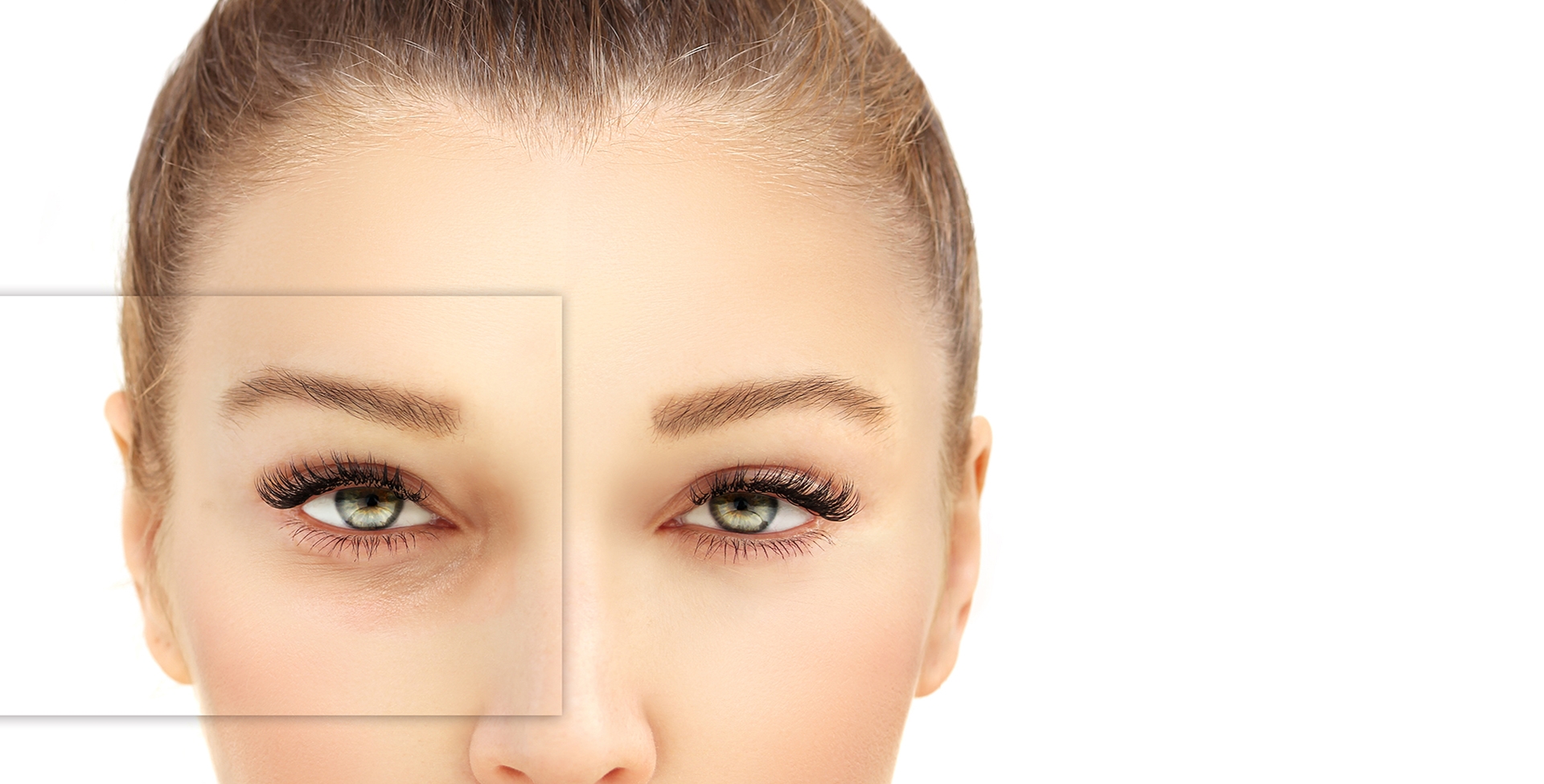Blepharoplasty - Eyelid Surgery

The Eyelid Surgery or Blepharoplasty designed to rejuvenate and restructure the eye, improve the appearance of the eyelids giving your face a more youthful appearance.
- Blepharoplasty or eyelid surgery is a procedure that corrects or removes:
- Sagging or drooping eyelids
- Fat excess
- Fat pockets around the eye area
- Skin and muscle excess
- Loose or sagging skin that creates folds or disturbs the natural contour of the upper eyelid, sometimes impairing vision
- Fatty deposits that appear as puffiness in the eyelids
- Bags under the eyes
- Drooping lower eyelids that reveal white below the iris
- Excess skin and fine wrinkles of the lower eyelid
- Indications for blepharoplasty
- Excess skin of the upper eyelids and /or lower
- Fat pocket: internal, median, and lateral of the eye lid, localized or generalized to the lower eyelid
- Dark circles
- Variants of eyelid surgery
- Upper eyelid blepharoplasty
- Lower eyelid blepharoplasty
- Upper and lower eyelids
Upper eyelids blepharoplasty:
The incision is made at mid-height of the eyelid between the mobile and the fix part. Dr Toni Nassar removes any redundant skin and, if necessary, the protruding fat pads. It ensures the proper collection closed eyelids to the eyeball. The scar is not visible; it is placed on the natural crease of the skin.
This procedure requires precision in removing the fat and skin excess to prevent any post-op complications such as when eyelids don’t close 100%.
Lower eyelids blepharoplasty:
The incision is 1-2 mm below the eyelashes or trans-conjunctival route (inside the lower lid), Dr. Toni Nassar removes the under eyes bags and then proceeds to remove skin excess.
Blepharoplasty (Eyelid Surgery) is usually performed under local anesthesia.
In some cases, Blepharoplasty or eyelid surgery can be used to correct vision problems if they are caused by excess skin blocking the vision or an upper lid that hangs lower than it should. The fat pockets of the lower eyelid are removed by an operation from inside the eyelid without any incision and the fat excess is only removed.
In a typical Blepharoplasty or eyelid surgery, Dr. Nassar marks the passage of the upper eyelid skin to be removed, keeping the scar hidden in the fold of the eyelid skin. A portion of the excess skin is removed and is sutured with plastic surgery techniques.
In lower eyelid surgery in trans-conjunctival route, the fat pockets are accessed easily and removed. The skin excess is removed by a small incision throughout a line of 1 mm from the eyelashes.
The edema (swelling) of the eyes varies from patient to patient. Some clients reach at the 4th or 5th day a very natural appearance. Others achieve this result after the 8th day. Even so, the first 3 days after the surgery are the most days in which “swelling” of the eyelids will be the most visible.
The use of sunglasses may be helpful at this stage, as well as the use of cold compresses to reduce the swelling.
There is no need for a sick leave. It is recommended not to read or watch television for long time for the first three days.
For several weeks, eyes may be drier than usual. This is a natural reaction that will disappear in three weeks.
Make-up is possible on the fifth day.
Make-up is possible on the fifth day.
In three to six weeks, scars will become invisible as they are located in the natural crease of the eyelids.
